DePINning Dreams: Understanding Decentralized Physical Infrastructure Networks
This article explores decentralized physical infrastructure networks (DePIN) and how projects are working to decentralize sectors like cloud, transportation, and energy using blockchain technology and token incentives, potentially disrupting traditional monopolies.
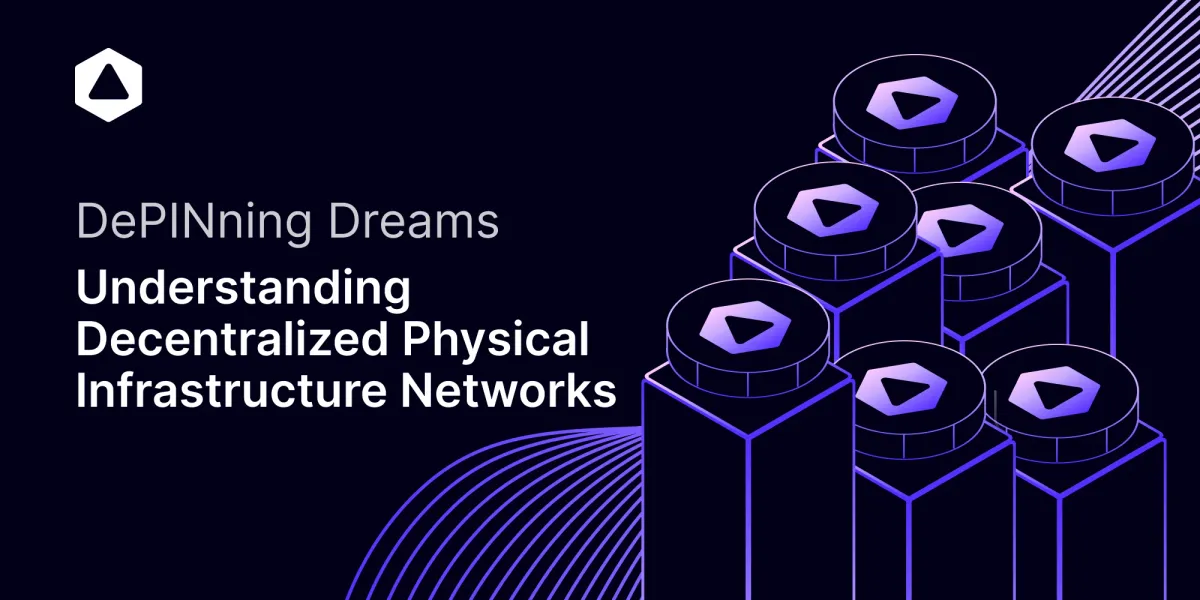
Decentralized physical infrastructure networks (DePin) present a new model for developing global infrastructure through blockchain-enabled cooperation and incentives.
In this post, we will explain decentralized physical infrastructure networks, its tokenized approach, and how it has the potential to disrupt monopolies by opening up infrastructure development worldwide. Let us dive into the details.
Understanding Decentralized Physical Infrastructure Networks - DePin
DePin, which is short for decentralized physical infrastructure networks, presents a new narrative in the crypto space with real world ambitions and consequences. It utilizes a refurbished approach to building and controlling physical systems.
However, as with all crypto projects, the term DePin encompasses a wide range of systems, ranging from telecommunications and data storage to solar power grids and means of transportation.
The key elements are decentralization and token incentivization, which could enable a more open, competitive, and innovative environment for infrastructure management, by rewarding participants for their contributions.
Traditionally, as with many areas, large corporations have dominated the markets, but DePin aims to disrupt these monopolies by lowering barriers to entry and cutting out the middlemen of these physical infrastructures.
How Does Decentralized Infrastructure Physical Networks - DePin Work?
Developing physical infrastructure through a decentralized model represents an evolution from the traditional "sharing economy" seen with companies like Uber and AirBnB by removing centralized control and enabling more inclusive governance.
Let’s look at some benefits with examples to better understand this:
Opportunities for Participation in DePin Networks
By incentivizing rewards, DePin will increase engagement and encourage participation, as anyone who contributes to the network will get rewarded. By taking specific actions and seeing the direct impact of their contributions, participants will develop a sense of ownership and become more invested in the network's success.
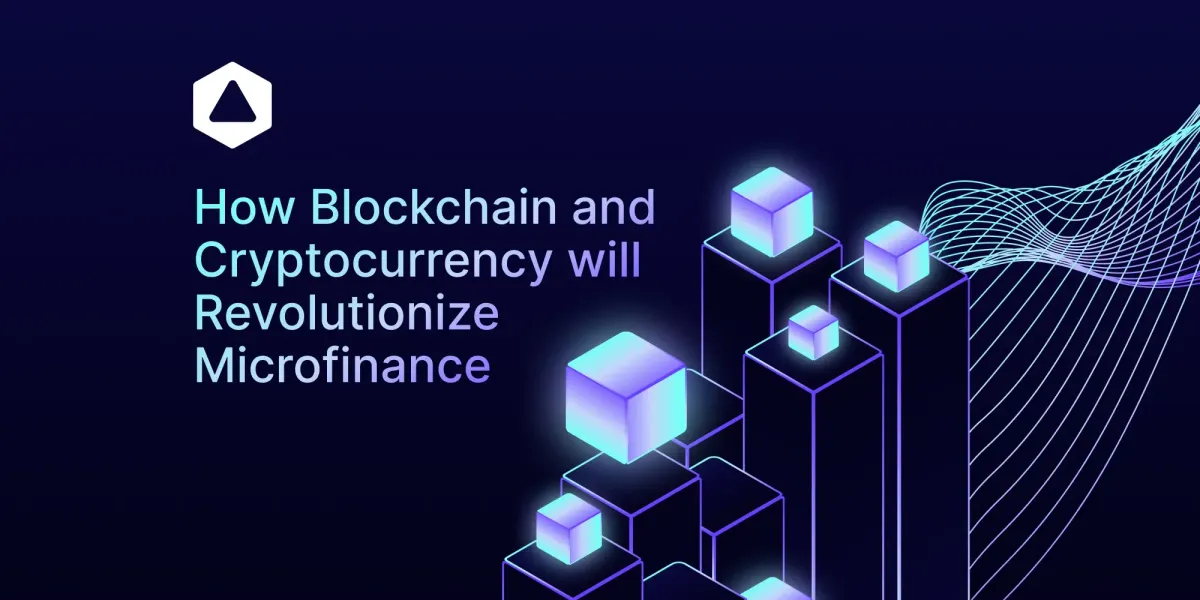
This creates a new kind of social layer consisting of part owners who have a stake in the business's success, because they will get rewarded when it succeeds.
Examples of DePin Models
- Setting up GPUs: In some decentralized infrastructure networks, users can set up their GPUs to actively contribute computing power. This model enables users to directly contribute to tasks like processing complex calculations and data analysis, benefiting the network's overall performance.
- Installing a Hotspot: Another example of active participation is installing a hotspot in a decentralized network. Hotspots contribute to network coverage and provide connectivity options for users and devices in the vicinity. By actively participating in the network by installing a hotspot, users can earn rewards and contribute to expanding network coverage.
‘Open’ Networks
Open, permissionless decentralized networks could allow anyone with excess capacity and infrastructure of any kind to contribute its surplus to the marketplace and to anyone who needs it.
These open networks do not need to be bad for companies, as they no longer need to invest in their own data centers or worry about the difficult distribution of their services.
This organic, bottom-up approach creates a network where users can be more flexible and a network that could deploy infrastructure in undercovered or needed areas. This process reduces overhead and expenses compared to centralized models. Plus, the removal of barriers to entry could encourage new entrants to compete and will lead to new innovation.
Community Involvement - DAOs
The organization of the community is also important as with all networks. So what do we think would be the best way to control or organize this community? Well, this could be done through a delegation that makes decisions by on-chain voting in decentralized autonomous organizations (DAOs).
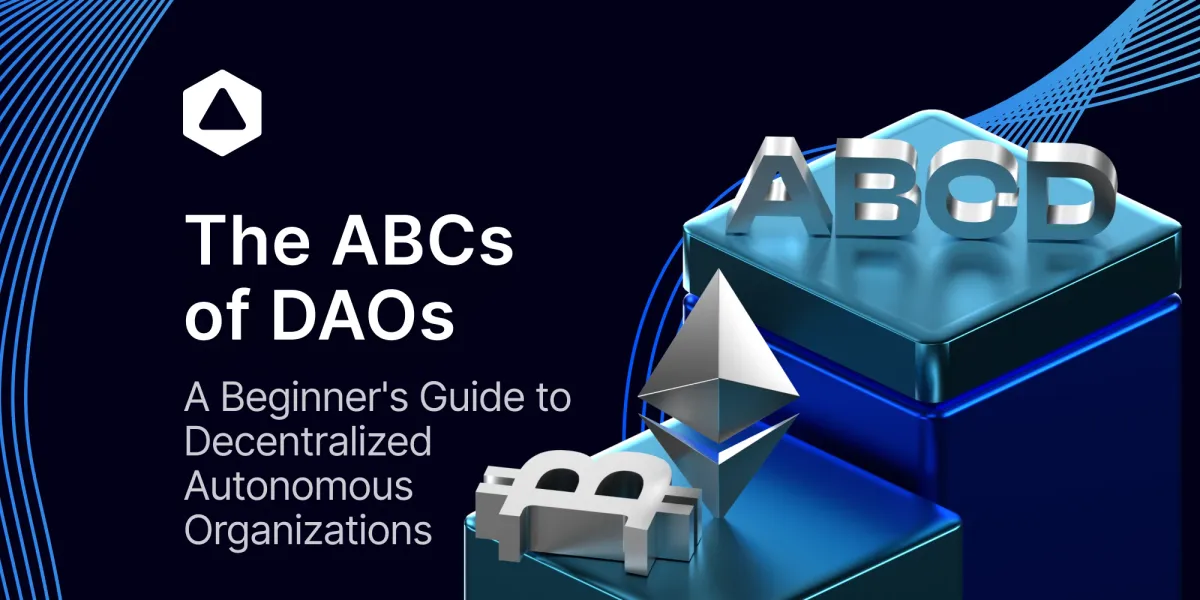
A system where individuals delegate their votes to others who they believe have a better understanding of the network. This voting technology is a crucial component of DAO governance and that of decentralized physical infrastructure networks.
A way that rewards DAO members based on their input, active participants receive higher rewards compared to passive participants. By contributing resources or performing specific tasks, participants can thus earn more tokens, rewards, or incentives.
Which Sectors Does the Decentralized Physical Infrastructure - DePin Ecosystem Include?
Decentralized physical infrastructure is like all narratives in crypto - a broad term that aims to include as many sectors as possible all related to infrastructure.
We see that the following sectors are being targeted by DePin projects and protocols:
- Cloud networks: Including VPNs, CDNs, file storage, hotspots, and databases.
- Telecommunication: Covering technologies like 5G and IoT.
- Sensor networks: Essential for data collection and monitoring.
- Energy networks: Key to a sustainable infrastructure future.
- Computing resources: Such as machine and deep learning, and AI applications that use computing technology (GPUs).
- Transportation: Areas like autonomous vehicles, ride-sharing networks, and cargo shipping/logistics.
The sectors mentioned above comprise the backbone of modern infrastructure as we know it. Wondering how decentralization is offering new innovations in science? Read our article about DeSci here.
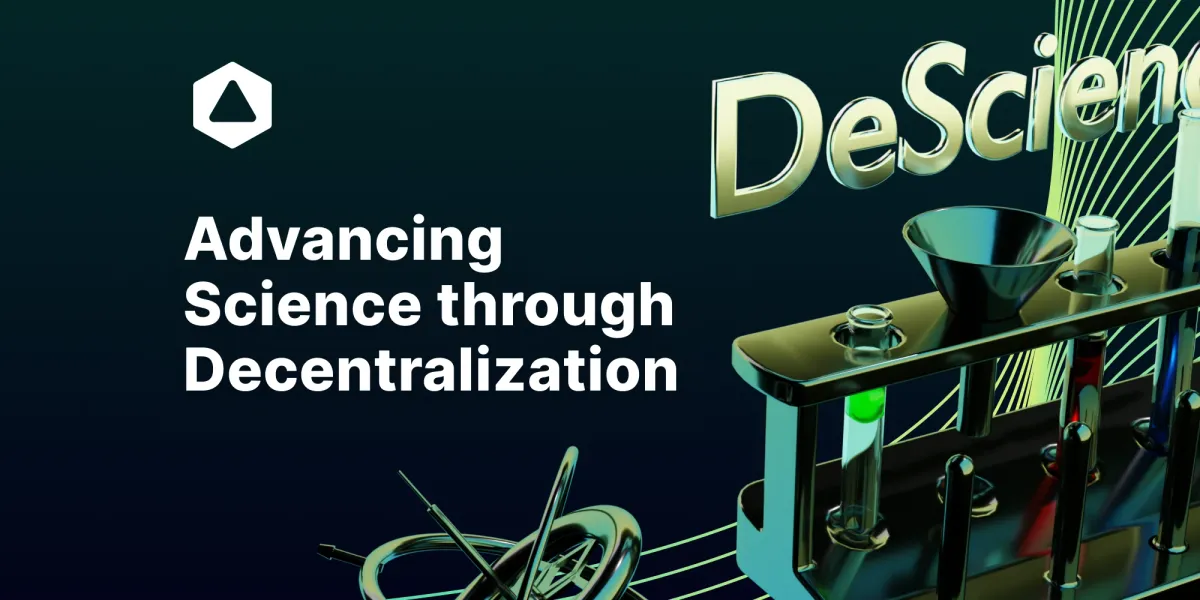
What Are Some Key Projects within the DePin Ecosystem?
Decentralized networks are emerging to disrupt traditional industries and enable new business models in sectors like computing, transportation, and mapping, as noted above.
Several promising projects are pioneering this technology by building decentralized applications and protocols. Here are 10 networks that are working to distribute resources and incentives through open, blockchain-backed systems:
- Helium: Helium is a wireless network that allows anyone to build low-power wireless infrastructure for IoT devices.
- Filecoin: Filecoin is a decentralized storage network that allows users to store files, publish data, and buy storage.
- Arweave: Arweave is a decentralized storage network that allows permanent hosting of data. It utilizes blockchain technology to archive information forever through a process called "permaweb".
- Peaq Network: The Peaq Network is testing its early-stage canary network called Krest. This allows the Peaq community to experiment with dApps and tools in a secure environment before full network launch.
- CUDOS: CUDOS provides decentralized cloud computing infrastructure for developers working in web3 and enterprises. It offers virtual machines that can power dApps and AI workloads in a distributed manner.
- DIMO Network: The DIMO Network allows drivers to collect and sell automotive data via a decentralized platform. This provides data and services to developers, users, and enterprises.
- Drife: Drife is developing a decentralized version of Uber where drivers can earn tokens for their work and participate in governance decisions about the network.
- Hivemapper: Hivemapper aims to create an open, decentralized alternative to Google Maps by collecting road images from vehicles to collaboratively map the world's roads.
- Hotspotty: Hotspotty provides tools to optimize device deployment and visualize data across various decentralized infrastructure projects utilizing networks of nodes.
- Wicrypt: Wicrypt is building a peer-to-peer wireless sharing network by incentivizing individuals to share their mobile internet connection via decentralized routers and client devices.

Considerations for DePin Network Growth
Designing these systems takes time and effort. There is a debate on whether everything needs to be fully democratic, with everyone having a say, or whether a weighted vote system would be more effective, and maybe we don’t need to reinvent the wheel in some places.
It is important for DePin projects to find a balance between governance and efficiency. While a fully democratic process may be slow, it will definitely lead to more inclusive and effective decisions. However, having technical experts drive certain decisions can be more efficient.
Also, the optimal level of decentralization will depend on the sector. Where some argue that too much focus on decentralization could simply hinder the sector. So the trade-offs are there to consider, such as speed of onboarding and compliance with laws and regulations.
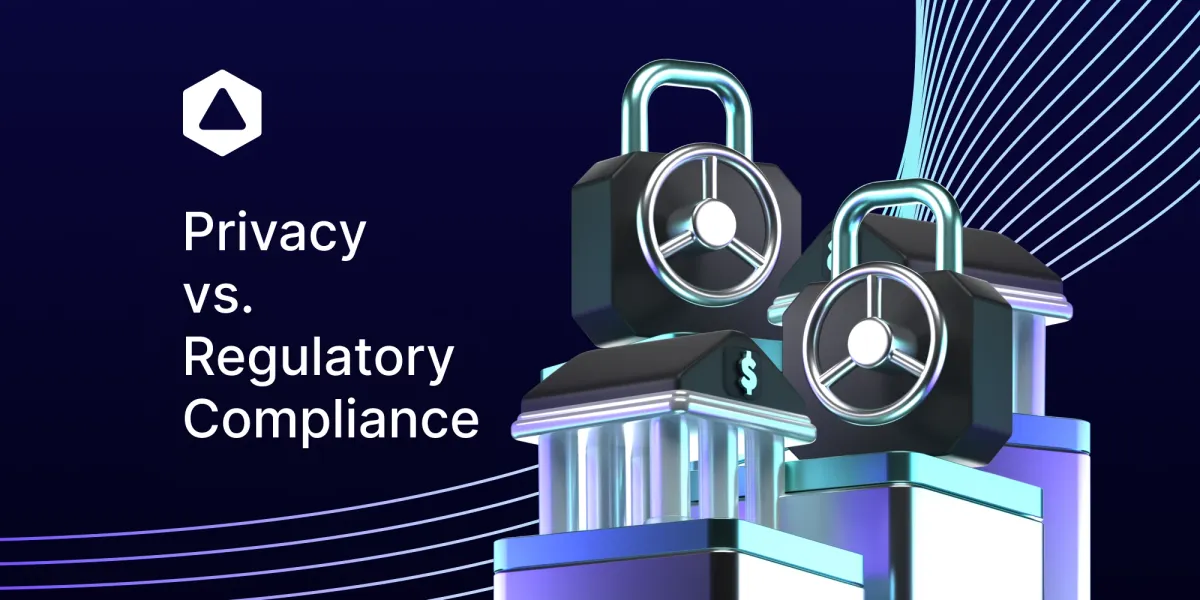
Certain infrastructure sectors like energy and transportation are highly regulated. Could this be changed in any way by the DePin models? That will probably need to comply with varying laws across jurisdictions.
Lastly, the incentive design for rewarding contributors is something to look at carefully. High incentives attract speculators who won’t stick around for long. So figuring out the right token reward structures and allocation models to effectively incentivize without over-subsidizing is crucial for the long-term survival of DePin projects.
Future Outlook For DePin
In the next decade, we might see a world where earning tokens for everyday activities becomes commonplace. You might perform a task to get rewarded or present your own surplus in a way to earn tokens for it.
The tokens earned from one activity could then be used to pay for services on another platform. This could potentially lead to a new era of interoperability between different platforms and marketplaces. Or this could be a prelude to the ‘You’ll own nothing and be happy’ narrative.
Nation states may adopt and promote certain DePin protocols to reduce dependence on foreign technology giants headquartered in other nations, or vice versa, try as they might try to push controlled protocols on their inhabitants. Now services can be sourced globally from distributed providers instead of being locked to certain regions.
Most importantly, the transition of web2 and web3, where major tech platforms may integrate popular DePin services internally to take advantage of their efficiencies while keeping user-facing experiences centralized and familiar. A distributed infrastructure behind the scenes, which is what will probably end up happening.
The growing market size and valuation shows huge potential if integrated into the real world, and could take even a small share of established corporate monopolies.
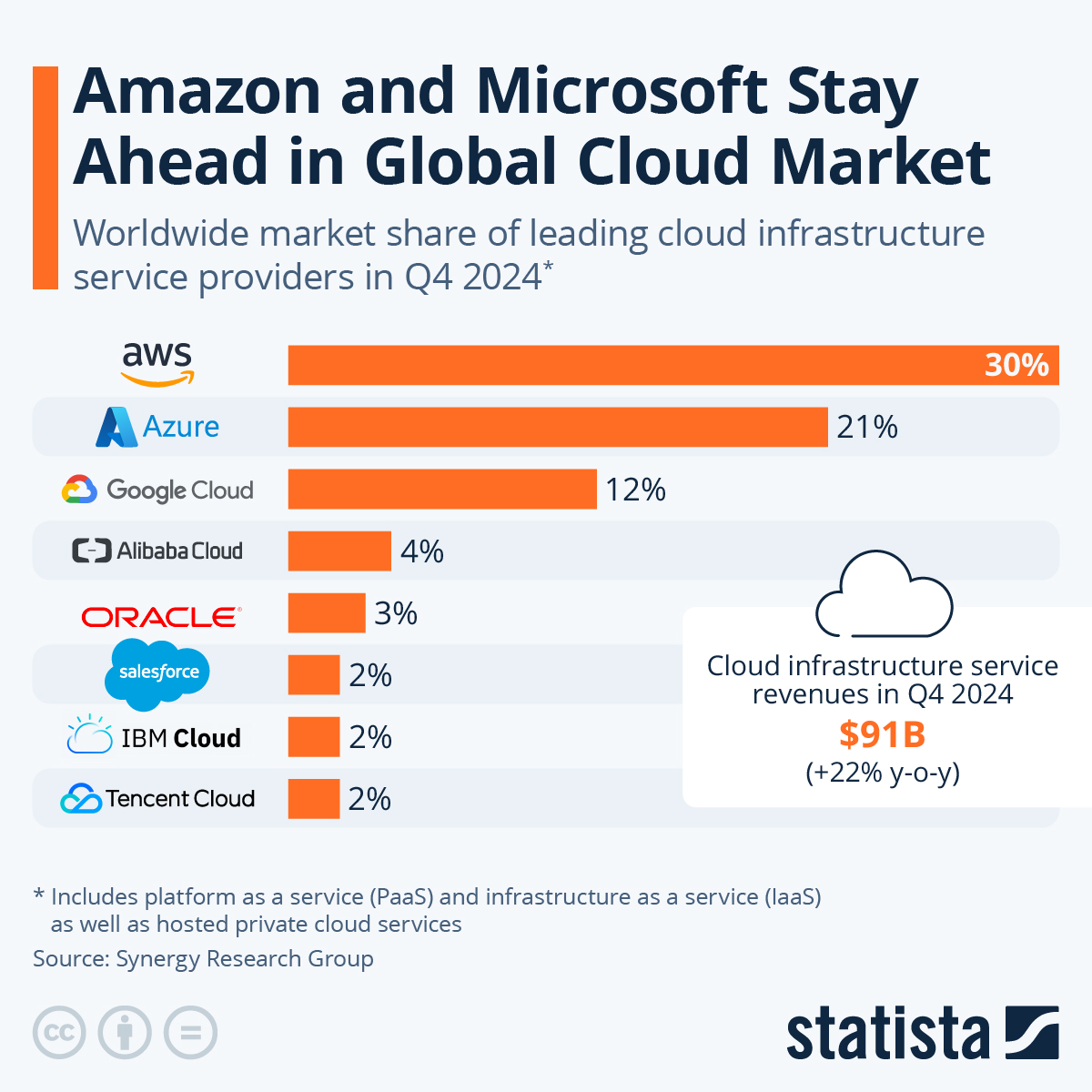
For example, with the top 10 cloud companies in the world having a combined market cap of around $5 trillion, even a small market capture by Web3 companies could mean their valuations reaching several billion dollars. This showcases the sector's enormous potential for growth.
Conclusion
Decentralized Physical Infrastructure Networks - DePin, presents an alternative approach for distributed infrastructure development worldwide that reimagines its design through a decentralized lens of utilization of devices by the network, for the network.
As networks grow, dApps can leverage these resources in emerging markets and the middleman can be cut, so to speak. This offers many end-user benefits like reduced fees through competition and disintermediation, as demonstrated by platforms like Uber and AirBnB. However, we still have to wait and see if the ambitions and success of these DePin projects are realized and whether they can truly disrupt the traditional companies that currently dominate the sector.

Connect with Bitfinity Network
Bitfinity Wallet | Bitfinity Network | Twitter | Telegram | Discord | Github

*Important Disclaimer: While every effort is made on this website to provide accurate information, any opinions expressed or information disseminated do not necessarily reflect the views of Bitfinity itself. The information provided here is for general informational purposes only and should not be considered as financial advice.




Comments ()